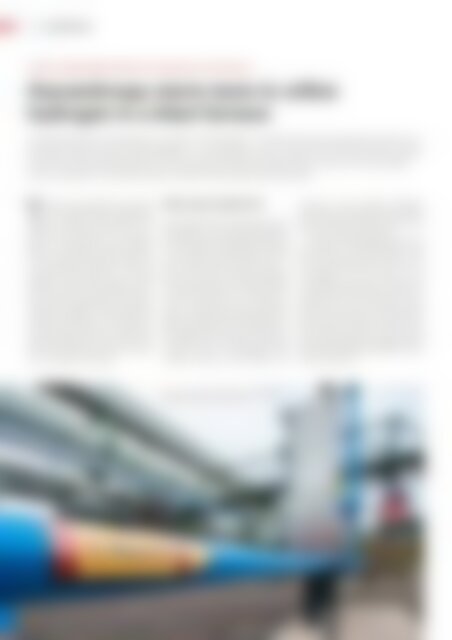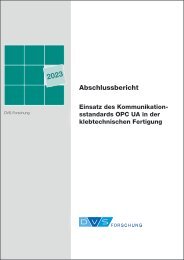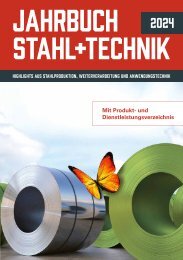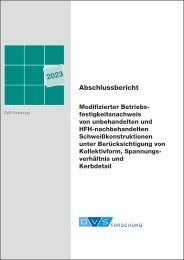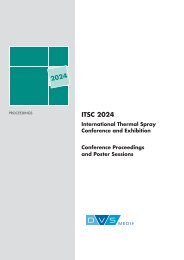STEEL + TECHNOLOGY 01/2020 EXTRACT
STEEL + TECHNOLOGY 01/2020 EXTRACT
STEEL + TECHNOLOGY 01/2020 EXTRACT
Create successful ePaper yourself
Turn your PDF publications into a flip-book with our unique Google optimized e-Paper software.
32 | COMPANIES<br />
Interim target 2030: 30 percent reduction of emissions<br />
thyssenkrupp starts tests to utilize<br />
hydrogen in a blast furnace<br />
thyssenkrupp Steel has celebrated a world first. On November 11, 2<strong>01</strong>9 the Germany-based steel producer has<br />
launched a series of tests to utilize hydrogen in a working blast furnace. They are the first tests of their kind and<br />
are aimed at reducing significantly the CO 2 emissions arising during steelmaking. The start of the test phase<br />
marks a milestone in the transformation towards climate-neutral steel production.<br />
The tests now started are an important<br />
part of thyssenkrupp’s climate strategy<br />
to become climate-neutral by<br />
2050. By 2030 emissions from the company’s<br />
own production and processes<br />
(scope 1 emissions) as well as emissions<br />
from the purchase of energy (scope 2) are<br />
to be reduced by 30 percent. “We’ve set<br />
ourselves a clear goal with our climate<br />
strategy,” said Dr. Klaus Keysberg, member<br />
of the Executive Board of thyssenkrupp<br />
AG and responsible for the group’s<br />
materials businesses. “Steel production<br />
will play an important part in reaching our<br />
climate targets because the potential for<br />
reducing emissions is huge. That’s why<br />
we’re working flat out to drive the transition<br />
to hydrogen technology.”<br />
Water vapour instead of CO 2<br />
In the classic blast furnace process around<br />
300 kilograms of coke and 200 kilograms<br />
of pulverized coal are needed to produce a<br />
ton of hot metal. Pulverized coal is injected<br />
as an additional reducing agent into the<br />
blast furnace shaft through so-called tuyeres.<br />
At the start of the tests hydrogen<br />
was injected through one of these tuyeres<br />
into blast furnace No. 9 in Duisburg, Germany.<br />
It marked the start of a series of<br />
tests in which thyssenkrupp Steel plans to<br />
gradually extend the use of hydrogen to all<br />
28 tuyeres at blast furnace No. 9 and then,<br />
from 2022, also to the other three blast<br />
furnaces onsite. The advantage is that<br />
whereas injecting coal produces CO 2<br />
emissions, using hydrogen generates<br />
water vapor. CO 2 savings of up to 20 percent<br />
are therefore already possible at this<br />
point in the production process.<br />
“Today is a groundbreaking day for the<br />
steel industry,” said Premal Desai, Chairman<br />
of thyssenkrupp Steel Europe. “We<br />
are doing pioneering work here. The use<br />
of hydrogen is the key lever for climate-neutral<br />
steel production. Today’s test<br />
is another step in the transformation of our<br />
production which will culminate in green<br />
steel. At the same time, we see what is<br />
possible when business and government<br />
work together towards a common goal.<br />
We are very grateful to the federal state of<br />
North Rhine-Westphalia (NRW) for supporting<br />
the project.”<br />
Gas line suppling hydrogen to the blast<br />
furnace (Picture: thyssenkrupp)<br />
<strong>STEEL</strong> + <strong>TECHNOLOGY</strong> 2 (<strong>2020</strong>) No. 1


